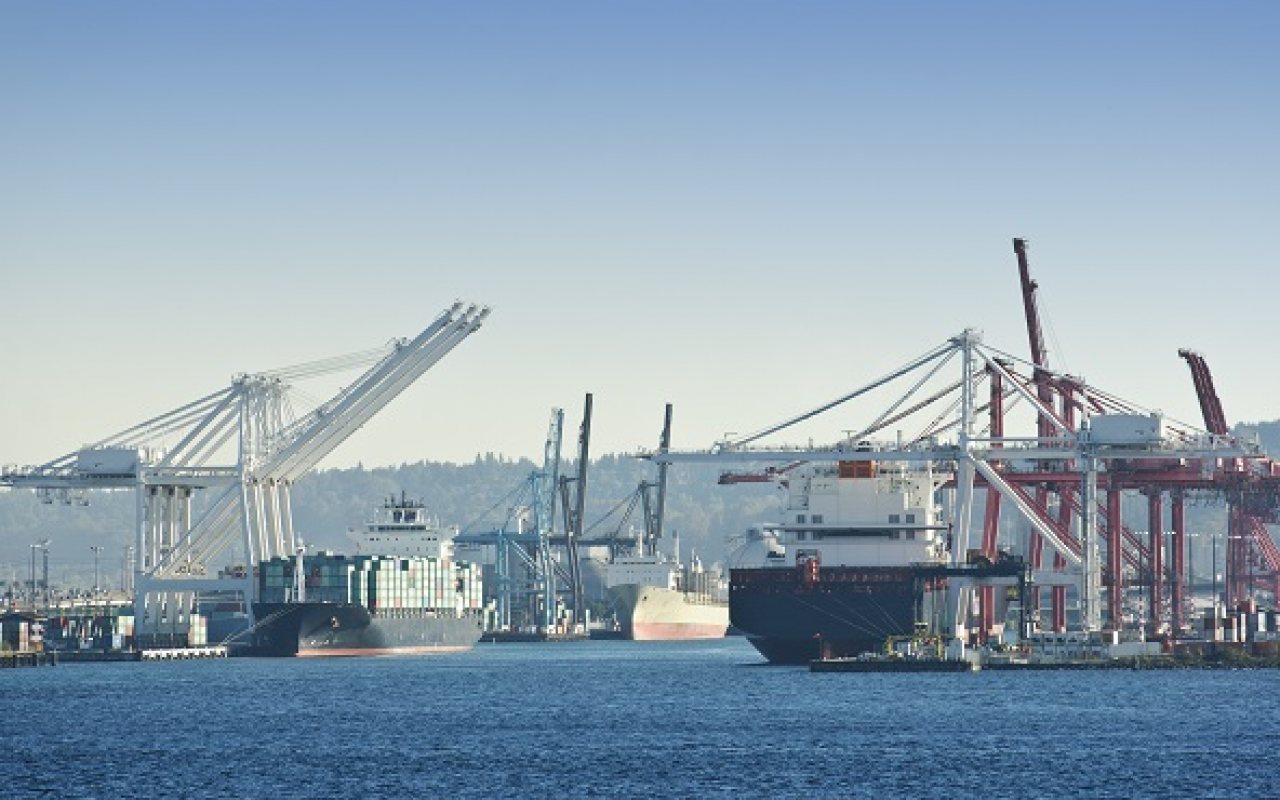BEIJING, Aug. 27 (Zhongxin Net) – The Ministry of Transport held a regular press conference for August on the 27th to introduce the operation of the transportation economy from January to July. Li Ying, spokesperson for the Ministry of Transport, stated at the conference that from January to July this year, maritime search and rescue centers at all levels across the country organized and coordinated a total of 664 search and rescue operations; coordinated the dispatch of 3,937 search and rescue vessels and 195 aircraft; searched for and rescued 441 vessels in distress and 3,233 personnel in distress, of which 3,107 were successfully rescued, resulting in a search and rescue success rate of 96.1%.
At the conference, a reporter asked: Since the beginning of this year, frequent typhoons in China’s coastal areas have posed a significant threat to the safety of people’s lives and property. What measures has the Ministry of Transport taken in this regard, and what is the overall situation of maritime search and rescue in China this year?
In response, Li Ying stated that with the rapid development of waterway transportation and the increasing intensity of marine development and utilization, waterborne production, business operations, and cultural and recreational activities are growing. As you mentioned, since the beginning of this year, influenced by extreme weather, the risk of water traffic safety accidents has also increased.
From January to July this year, maritime search and rescue centers at all levels across the country organized and coordinated a total of 664 search and rescue operations; coordinated the dispatch of 3,937 search and rescue vessels and 195 aircraft; searched for and rescued 441 vessels in distress and 3,233 personnel in distress, of which 3,107 were successfully rescued, resulting in a search and rescue success rate of 96.1%. From January to July, 664 maritime distress incidents occurred nationwide, a decrease of 80 compared to the same period last year. The six types of incidents with the largest proportions were: personnel illness or injury (33.3%), ship machinery damage (8.4%), ship collision (7.4%), ship grounding (5.3%), ship sinking (4.7%), and ship /explosion (3.2%).
From January to July, the rescue and salvage system of the Ministry of Transport carried out a total of 558 emergency rescue, disaster relief, and salvage tasks, dispatched professional rescue and salvage forces 930 times, successfully rescued 733 personnel in distress (including 147 foreign nationals), successfully rescued 28 vessels in distress (including 8 foreign vessels), salvaged 3 sunken vessels (2 foreign), with the total value of directly rescued property amounting to approximately 8.47 billion yuan.
Li Ying pointed out that since the beginning of this year, 13 numbered typhoons and 3 tropical depressions have formed in the Northwest Pacific and the South China Sea, of which 7 typhoons and 3 tropical depressions have affected China’s coastal areas. To thoroughly prepare for each round of typhoon prevention work, relevant departments have carried out extensive work.
Maritime authorities have continued to promote and implement the “Ship Typhoon Prevention Guidelines” and guide companies and ships to establish and improve typhoon prevention mechanisms; established cooperation mechanisms with meteorological and marine departments to strengthen consultation and judgment, and enhanced early warning reminders through smart maritime management systems, coast radio stations, and other means. Maritime authorities initiate emergency responses early based on typhoon paths and implement scientific control measures, decisively taking measures such as “closing what should be closed, stopping what should be stopped, and evacuating what should be evacuated” when conditions for navigation bans or restrictions are met. Furthermore, maritime management agencies strictly implement a 24-hour duty system and a leadership on-duty system, concentrating law enforcement forces and resources towards the front lines of typhoon prevention; precisely deploy and dynamically adjust resources in key waters to ensure rapid and effective response to emergencies.
Before the arrival of typhoons, rescue and salvage departments strengthen the maintenance and inspection of rescue and salvage equipment, and organize rescue training and practical drills for flood and typhoon prevention. During typhoons, they closely monitor meteorological warning information, keep track of typhoon developments in a timely manner, preposition and densely deploy high-power rescue vessels, emergency rescue teams, and other rescue forces in sea areas affected by typhoons, and适时开展“跟风”动态值守 (conduct dynamic station-keeping by following the typhoon as appropriate) to ensure a swift response, timely dispatch, and effective rescue after distress incidents occur. Simultaneously, in response to heavy rain and floods brought by typhoons and other events, they establish and improve rapid transport mechanisms for rescue and salvage equipment and personnel, and prepare to support flood rescue operations in inland areas.
Currently, China is still in the flood season, characterized by rising water levels, faster flow rates, frequent severe weather such as heavy rainfall, strong convection, and typhoons. Additionally, with the fishing ban being lifted in the South China Sea, East China Sea, and Yellow Bohai Sea, the maritime traffic environment has become complex, easily leading to ship anchor dragging and bridge collision accidents. During the summer vacation, there is a high demand for public water-related leisure and tourism activities.
The Ministry of Transport also takes this opportunity to remind the majority of crew members to closely monitor hydrological and meteorological information, strengthen lookout and communication, and navigate cautiously while sailing. It also advises the public engaged in water-related recreational activities to enhance safety awareness and pay attention to safety precautions. In the event of a maritime distress incident, please promptly dial 12395 for assistance.





